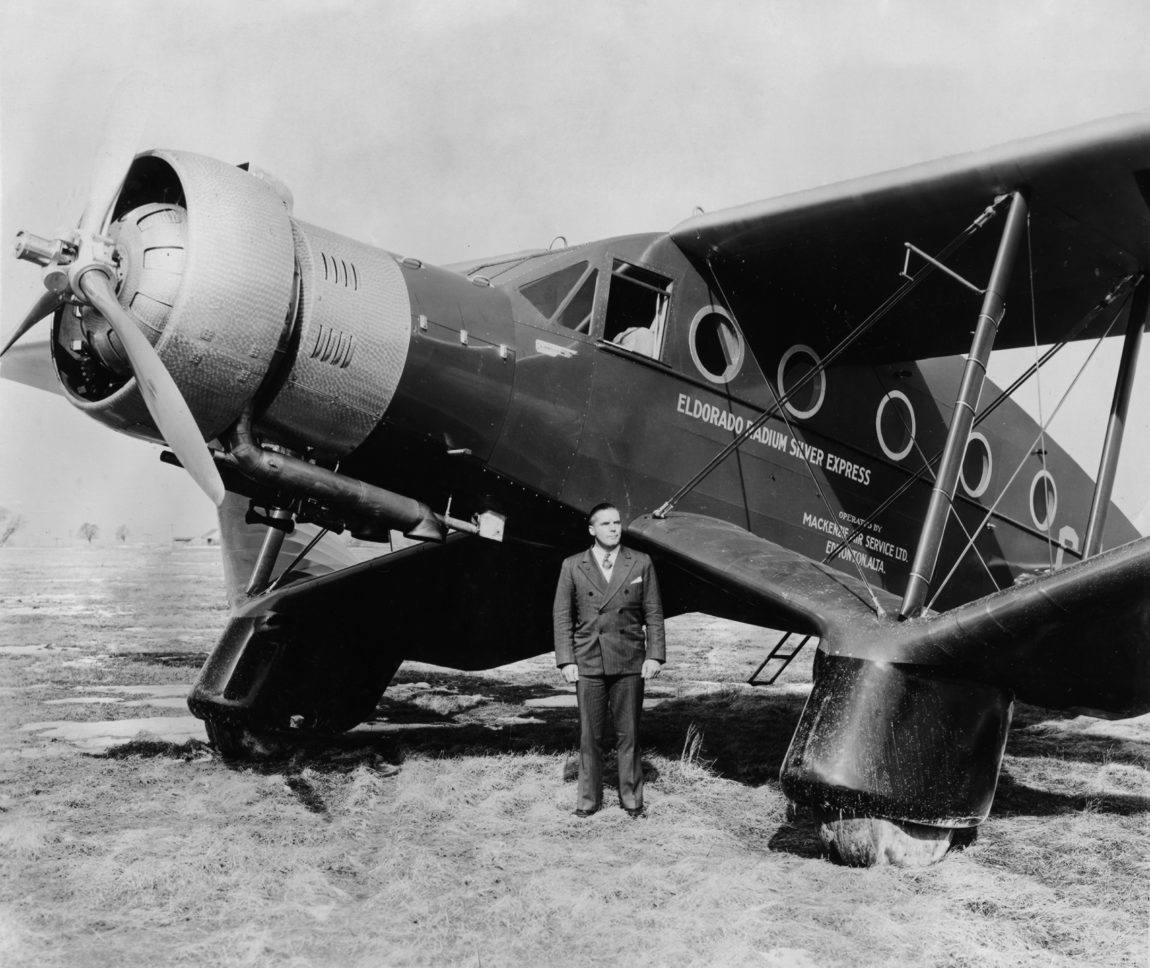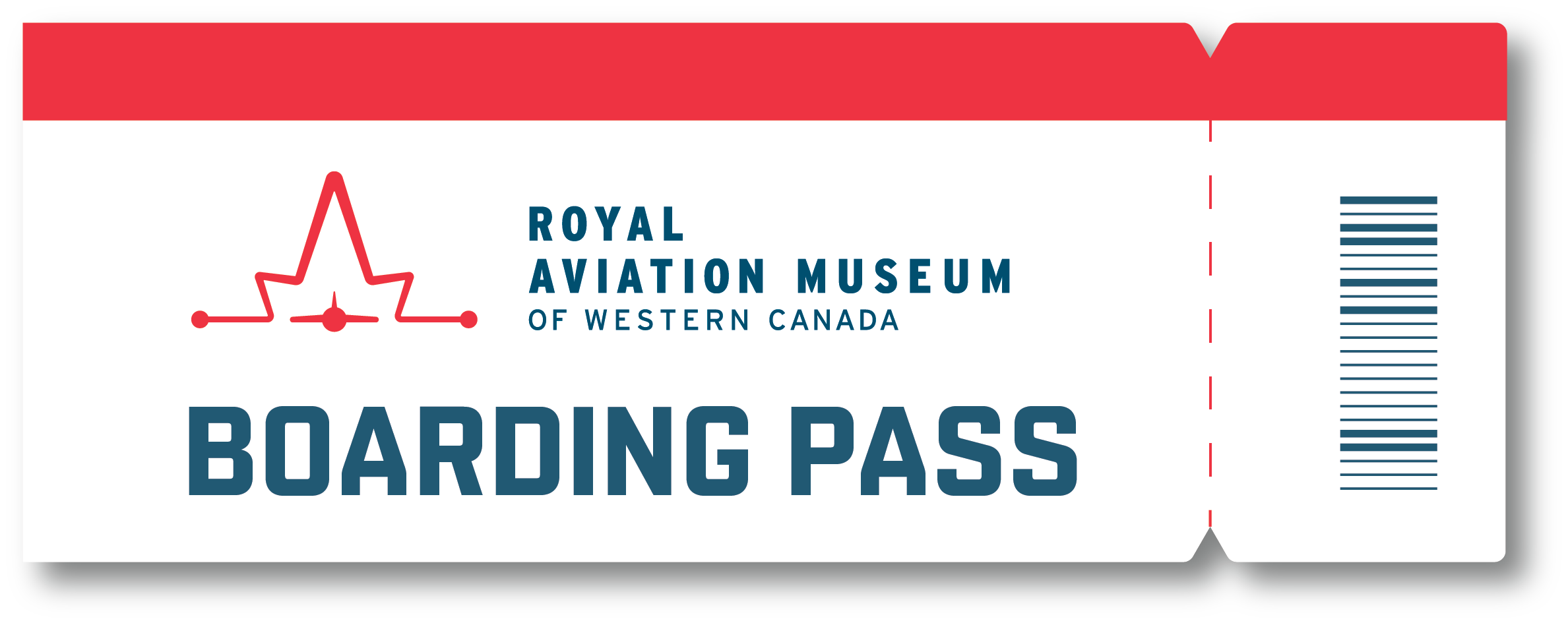IN THE LATE 1920S, Eldorado Gold Mines Limited opened the world’s second uranium oxide mine at Port Radium, Northwest Territories, and a refinery at Port Hope, Ontario, for radium. The world price of radium, which was used in cancer treatment, was US$50,000 per gram or, taking inflation into account, about US$500,000 today. The firm’s biggest challenge was the distance between the mine and the refinery–a water and railway combination of nearly 4,000 miles. The waterborne segment of the route (1,450 miles) not only had limits to its capacity, but for the bulk of the year, the lakes and rivers were frozen. Eldorado’s owners sought an all-season transportation mode to bridge the gap between mine and railhead.
By the 1920s, exploration in the North began to open up rapidly with bush planes, which were capable of flying great distances and landing on both water and ice. In the early days at Port Radium, the uranium oxide concentrates were sufficiently rich to justify aircraft use to supplement the water route. For this purpose, the Bellanca Aircruiser was selected.
The Bellanca Aircruiser was a high-wing, single-engine aircraft built by Bellanca Aircraft Corporation in Delaware. The aircraft was a “workhorse” intended for passenger or cargo use. It was available as a land, sea, or ski plane. A total of 23 aircraft were built. A water-cooled engine originally powered it, but this was changed to a more reliable, air-cooled engine. The final version of the Aircruiser was the most efficient aircraft of its day and, with the air-cooled, supercharged engine, it could carry 4,000 lb payloads at speeds up to 155 mph. It was easily identified by the characteristic “W” appearance, derived from the aerodynamic, triangular lifting struts, which extended down from the bottom of the fuselage then up to a point outboard of the main wing.
CF-AWR was built in 1935 and was the first of five of its type used in Canada. It was operated for Eldorado by Mackenzie Air Service Limited of Edmonton and was the second-largest aircraft operating in Canada at that time. The aircraft was named the Eldorado Radium Silver Express. In August 1939, ownership of the aircraft passed to Canadian Airways Limited of Winnipeg, Manitoba. It remained in the service of Eldorado until the mine was closed in 1940. In January 1947, while carrying a shipment of uranium concentrate, CF-AWR crashed in northern Ontario after running out of fuel. It was so severely damaged that the company abandoned it.
CF-AWR’s cargo, engine, instrument panel, and other easily removable bits and pieces were salvaged for use as spares for surviving Aircruisers. Other parts such as doors, windows, and fairings became furnishings in local trappers’ cabins in subsequent years.
The wreck lay abandoned until 1973 when it was retrieved by the museum, assisted by a helicopter from the Canadian Forces. At that time, most of the woodwork had rotted away, steel parts were severely rusted, and trees had grown up through the skeletal remains. CF-AWR is one of only two aircraft of this type known to exist today. The second aircraft, CF-BTW, served into the 1970s and is presently located in a museum in the United States.
CF-AWR is on display for the first time in its restored state, at the Royal Aviation Museum of Western Canada.


